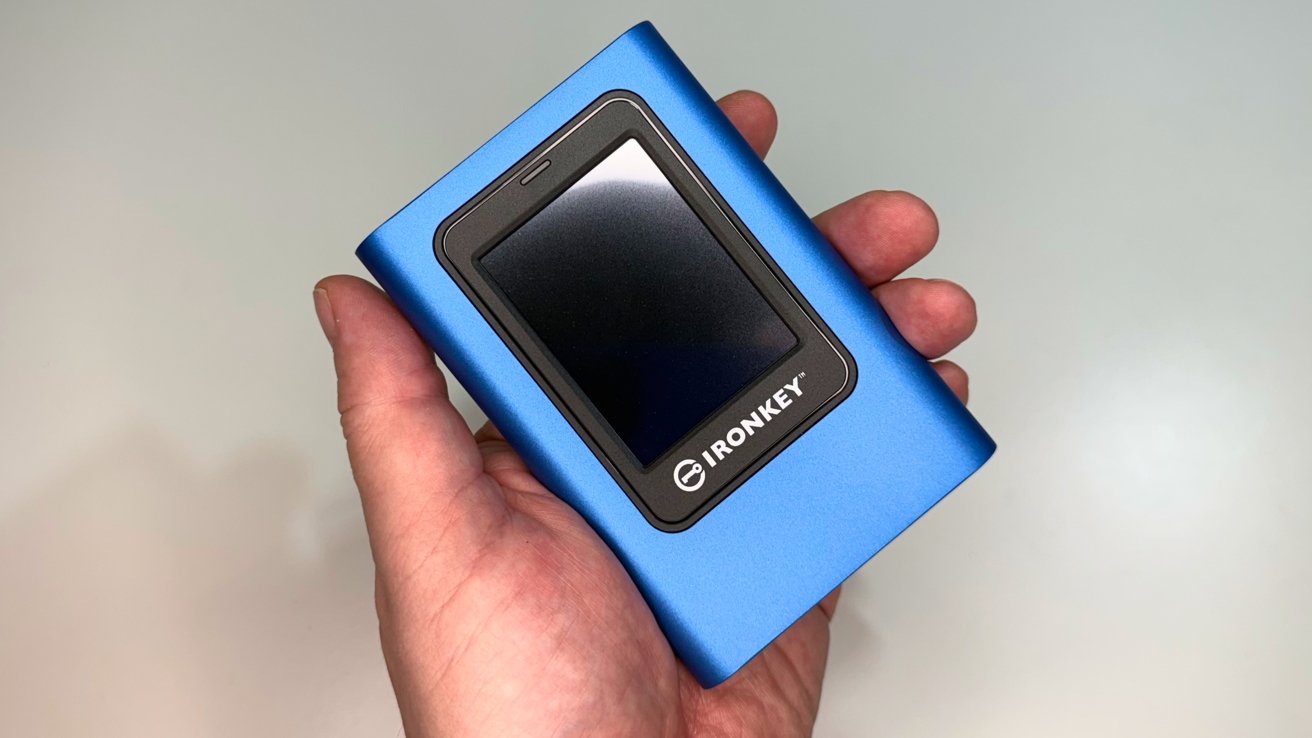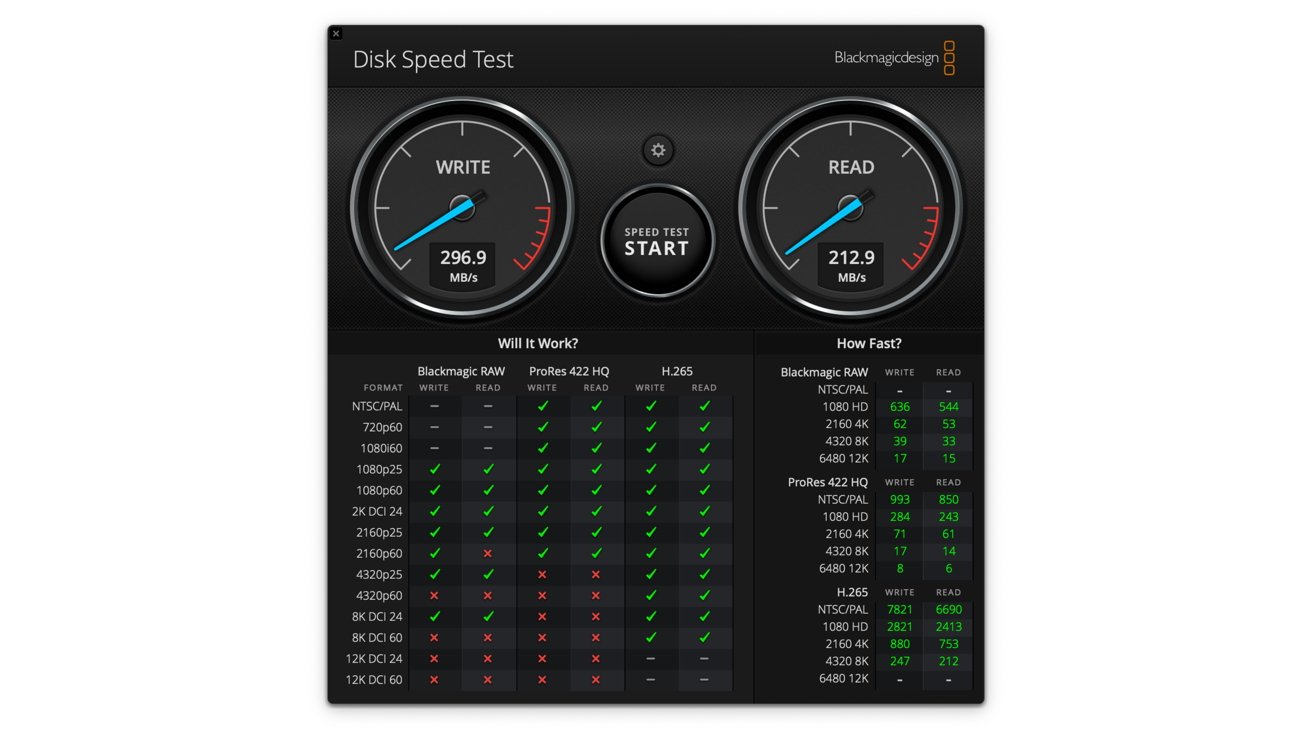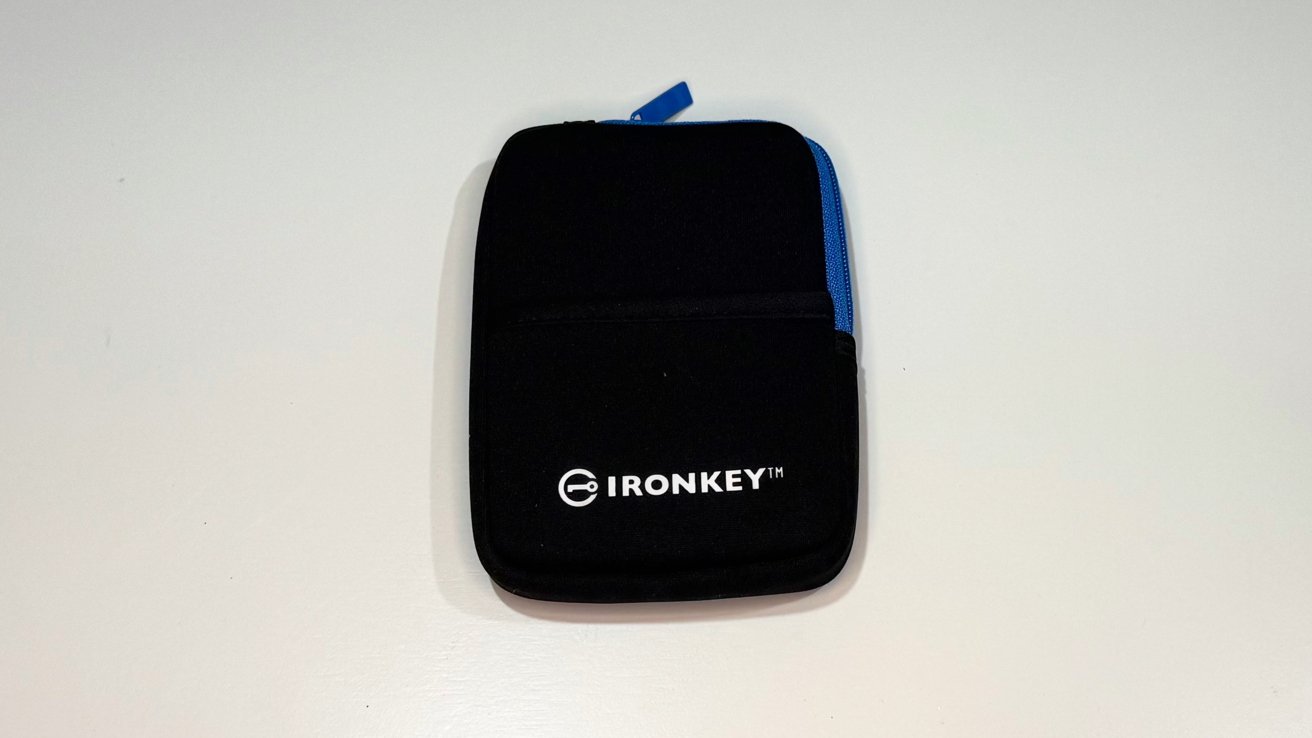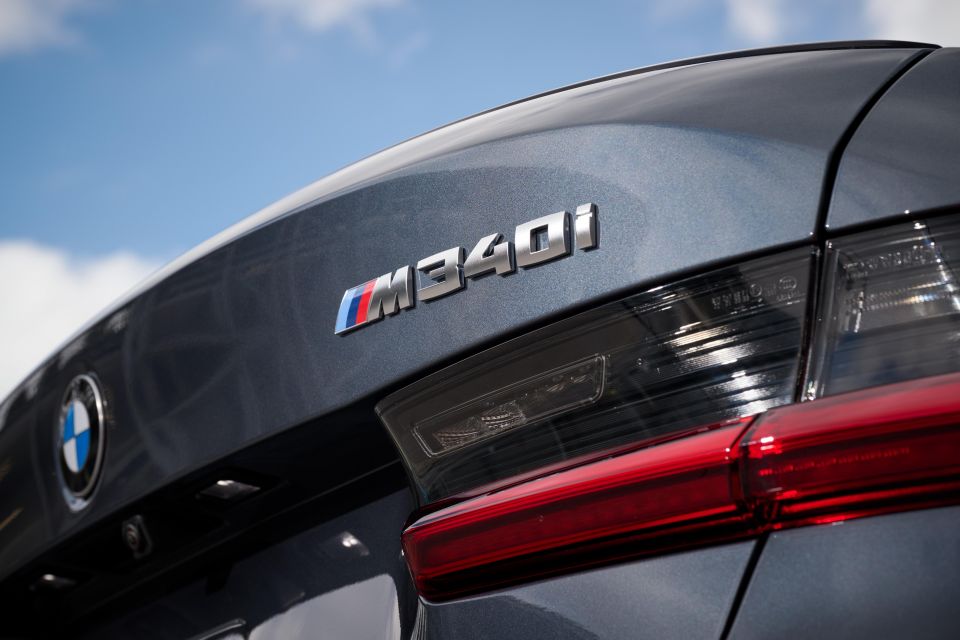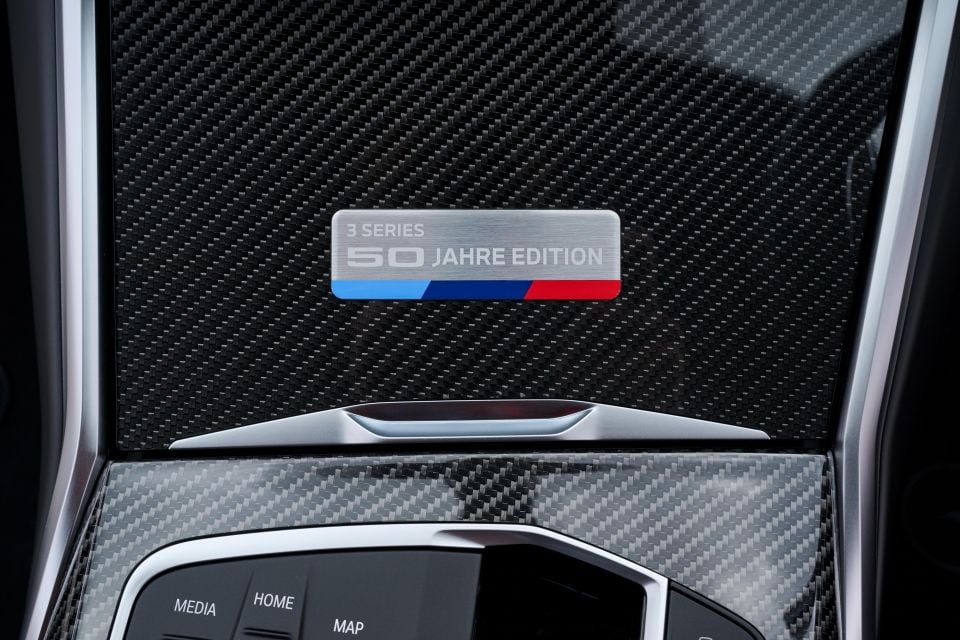A major analysis reveals which GLP-1 drugs deliver the best results for glucose control, weight loss, and side effect profiles, offering new clarity for diabetes care decisions.
Study: Efficacy and safety of GLP-1 agonists in the treatment of T2DM: A systematic review and network meta-analysis. Image Credit: ALIOUI MA / Shutterstock
In a recent study published in the journal Scientific Reports, a group of researchers ranked the glycemic, weight, cardiovascular, and safety outcomes of eight Glucagon-Like Peptide-1 Receptor Agonists (GLP-1 RAs) versus placebo and standard antidiabetic drugs in adults with Type II Diabetes Mellitus (T2DM) using a Bayesian network meta-analysis.
Background
Every ten seconds, someone worldwide develops T2DM, a chronic condition that inflates household medical bills and doubles the risk of heart attack. Global prevalence is projected to climb to 643 million people by 2030, spurring an urgent search for treatments that lower glucose without promoting weight gain.
GLP-1 RAs stimulate insulin secretion and curb appetite, but clinicians face a crowded shelf of brands differing in dose, duration, and cost. Families, policymakers, and insurers all seek the treatment that maximizes benefits while minimizing drawbacks, highlighting the ongoing need for comparative research.
About the study
Investigators conducted a systematic review and Bayesian Network Meta-Analysis (NMA) in accordance with the Preferred Reporting Items for Systematic Reviews and Meta-Analyses for Network Meta-Analyses statement and registered the protocol in the International Prospective Register of Systematic Reviews. PubMed, Cochrane Library, Embase, Web of Science, and Chinese databases were searched from inception to 2 October 2024.
Eligible studies consisted of randomized controlled trials (RCTs) involving adults with T2DM that lasted at least eight weeks and compared twice-daily Exenatide (EBID), once-weekly Exenatide (EQW), Semaglutide, Albiglutide, Lixisenatide, Dulaglutide, Liraglutide, or Tirzepatide against one another, placebo, or conventional antidiabetic therapies such as insulin, metformin, sodium-dependent glucose transporter 2 inhibitors, dipeptidyl peptidase-4 inhibitors, or sulfonylureas.
The analysis combined oral and injectable Semaglutide into a single category for statistical assessment, reflecting their similar efficacy.
Reviewers independently undertook study selection, data extraction, and Cochrane risk-of-bias assessment, resolving disagreements by consensus. The analysis first assessed changes from baseline in Glycosylated Hemoglobin A1C (HbA1c) and Fasting Plasma Glucose (FPG).
Additional endpoints encompassed body weight, Body Mass Index (BMI), systolic and diastolic blood pressure (SBP, DBP), total cholesterol (TC), high-density and low-density lipoprotein cholesterol (HDL-C, LDL-C), and any reported adverse events.
Results were pooled as mean differences (MD) or risk ratios (RR) with 95% confidence intervals (CIs). Whenever between-study variability (I²) exceeded 50%, a random-effects model was employed, and heterogeneity was evaluated using the Chi-squared test.
Study results
Sixty-four eligible trials, including 25,572 participants, formed a dense evidence network. Compared to placebo, every GLP-1 RA reduced HbA1c, yet the effect size varied sharply.
Tirzepatide achieved the greatest absolute drop (MD −2.3 percentage points, 95 % CI −2.7 to −1.9), followed by Semaglutide (−1.5) and Liraglutide (−1.2); Lixisenatide’s reduction of −0.56 ranked last.
When benchmarked against traditional drugs pooled across insulin, Metformin, Sodium-Dependent Glucose Transporter 2 inhibitors, Dipeptidylpeptidase-4 inhibitors, and sulfonylureas, only Tirzepatide (−1.5), Semaglutide (−0.73), Liraglutide (−0.40), Dulaglutide (−0.34), and EQW (−0.36) retained statistical superiority.
For FPG, the hierarchy was similar: Tirzepatide lowered levels by −3.1 millimoles per liter, Semaglutide by −2.0, and Liraglutide by −1.6 millimoles per liter, compared to placebo; short-acting agents and Albiglutide produced a minimal change. The Surface Under the Cumulative Ranking Curve analysis assigned Tirzepatide a 100% probability of occupying the top position for both glycemic outcomes.
The therapies diverged further on weight. Against placebo, Tirzepatide resulted in a weight loss of −9.1 kilograms, Semaglutide −2.8, EBID −1.8, and Liraglutide −1.2; other agents were weight-neutral. Notably, EBID resulted in greater weight loss than liraglutide in this comparison.
Compared to conventional treatment, every GLP-1 RA except Albiglutide reduced weight, with Dulaglutide and Lixisenatide also demonstrating significant weight reduction. Tirzepatide’s −10 kilograms again led the field.
Blood Pressure, BMI, and lipid fractions showed no statistically significant differences across interventions, implying that glycemic and weight advantages occur without observed short-term changes in cardiovascular parameters. Albiglutide was found to be ineffective in improving weight outcomes versus traditional drugs.
Gastrointestinal complaints constituted the dominant safety signal. Semaglutide, Dulaglutide, Liraglutide, Lixisenatide, and Tirzepatide each tripled the risk of nausea and vomiting compared to placebo; the risk approximated parity when compared with legacy drugs already notorious for gastrointestinal intolerance.
Hypoglycemia profiles diverged: EBID and Semaglutide increased episodes (RR 3.3 and 4.6, respectively) relative to placebo, whereas Liraglutide and Lixisenatide significantly reduced the risk compared with traditional regimens.
Other adverse events, including nasopharyngitis, headache, and elevations in lipase, did not differ materially. Node-splitting and loop inconsistency tests revealed no significant incoherence between direct and indirect evidence, and funnel plots were symmetrical, supporting the credibility of pooled estimates.
Collectively, the analysis crowned Tirzepatide as the most potent agent for glucose lowering and weight loss, with Semaglutide a consistent runner-up. Tirzepatide’s dual agonism of GIP and GLP-1 receptors may underpin its superior efficacy.
Liraglutide delivered moderate glycemic benefits coupled with a neutral or protective hypoglycemia footprint, which may be advantageous for leaner or older adults at risk of underweight or hypoglycemia, suggesting a niche for patients intolerant to Semaglutide or at high hypoglycemic risk.
Short-acting formulations and Albiglutide rarely dominated any outcome, underscoring the clinical shift toward once-weekly or dual-agonist molecules. These rankings remained stable across subgroup and sensitivity analyses, bolstering confidence in their relevance for clinicians.
Conclusions
To summarize, long-acting GLP-1 RAs outshine older therapies by combining robust glucose control with meaningful weight loss in adults living with T2DM.
This NMA shows that Tirzepatide delivers the strongest overall profile, followed closely by Semaglutide, while Liraglutide balances efficacy with the lowest risk of hypoglycemia. Short-acting agents and Albiglutide offer limited additional value. Clinicians should consider a patient’s weight goals, gastrointestinal tolerance, and susceptibility to hypoglycemia when selecting among agents.
Policymakers and payers can prioritize Tirzepatide or Semaglutide for obesity-related diabetes, reserving Liraglutide for individuals with leaner body types or those who are sensitive to hypoglycemic episodes in everyday clinical practice worldwide.
Journal reference:
- Ren, X., Hua, H., Wu, Y. et al. (2025) Efficacy and safety of GLP-1 agonists in the treatment of T2DM: A systematic review and network meta-analysis. Sci Rep 15, 2410, DOI: 10.1038/s41598-025-09807-0, https://www.nature.com/articles/s41598-025-09807-0



